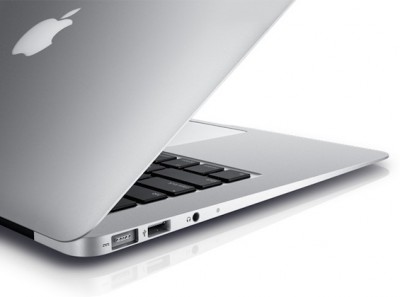 A company logo should be designed with care and precision. Making it flexible, using sketch pads, avoiding trends, considering shapes and getting the right feedback are some of the things to consider.
A company logo should be designed with care and precision. Making it flexible, using sketch pads, avoiding trends, considering shapes and getting the right feedback are some of the things to consider.
How to Make Your Company Brand Logo Stand Out?
When your organization is facing threats from competitive forces, creating an impressive brand symbol can give you the edge it takes to make it into the hearts and minds of consumers. It is ultimately a trademark of your business that will help in distinguishing your products or services from rivals, and elicit subconscious associations not only from the logo itself, but every facet of design that can be associated with your brand. It is for this reason careful planning and forethought is necessary for creating a company brand logo.
Make The Emblem More Flexible
Most designers begin by focusing on colors first. This is an incorrect approach as far as designing is concerned. Colors can be taken care of during the later stages. No matter what shades you include, if the design is deficient, no color can mend an unprofessionally created trademark. The symbol should look impressive in all the mediums, be it billboards, postal stamps or a pen. The logo has to be flexible so that is looks great in all forms.

The Apple emblem makes this laptop more than a computer; it is now an accesory that the user identifies with their own personality.
Begin the design process by setting your palette to neutral colors, and making the first draft of your logo in black and white. Added flexibility will give you more opportunities to integrate your brand’s logo into the work you do as well as marketing materials. The Apple on the back of every Mac Book is iconic, but it wouldn’t look right if the logo lacked flexibility.
Sketch First, Decide Later
You will be surprised to learn that most designers pay little or no attention to sketch pads. Creative ideas will flow much better between the tip of a pencil and a piece of paper than a PC and the mouse. I am not saying that using computers is not important, but that can be done in the later stages of designing. With paper and pen, do whatever that you feel like doing – scribble, create rough diagrams, doodle, or simply jot down points that are related to the business you are designing for.
If you are a true professional, you will understand the benefits of sketching in creating a brand symbol. The most talented professionals are the ones who can translate techniques used in hand drawing to Photoshop. Gradients, construction techniques and perspective have been around far longer than computers. If you really want to truly be known as an innovative graphic artist, put in the time and effort to learn how to draw on paper.
Say A Stern ‘No’ to Trends
The key to a successful business image is the longevity of the trademark, i.e., how well it will pass the test of time. If you are really passionate about logos and want to make a mark, you should avoid integrating voguish elements in the trademark. Avoid trends such as the swoosh and the ‘web 2.0 reflection’ since the company insignia has to keep delighting your audience for years. Stand out by being unique, original and innovative. I would suggest using classical elements before using a trendy technique that will dull quickly.
Take A Look at The Shapes
Shapes play a crucial role in communicating a message to the audience. For example, sharp corners vs. rounded corners signifies the difference between passive and hard-hitting messages. If you are working for a gaming company, then the use of smooth round shapes won’t be appropriate. That’s because gaming involves a lot of excitement and action.
Similarly, if you are working on an education project, then funky shapes should be avoided. Again for a cartoon channel, pick out something that is funny and casual, and not something too somber. Consider your audience; do they expect a classical design or a more modern feel?
Meaningful Feedback
When brainstorming, ensure that you get suggestions and feedback from people who had been involved in the entire process. It’s no use expecting ideas from a layman who knows next to nothing about brand marks. If you wish to get specific information, then be wise to ask specific questions. A question like, “Does the logo aptly represent the industry?” is better than something too vague like, “Is the logo beautiful?” If everything goes as planned, your logo could adorn your company’s products for decades to come. If a designer’s personal taste is reflected heavily in his work, your logo could be a cautionary tale for other businesses that are looking to draft their own new logos.
White Space Has Substance
When you are designing graphic art, it’s easy to concentrate on the positive spaces you are creating with your tool. The truth is, the areas of your canvas that you never touch is where the art really is. The blank areas that are part of your logo provide a reference for clarity, simplicity, and weight. Insufficient white space can make type look cheap, crowded, and even in some cases unreadable. Pay close attention to what you haven’t drawn; that’s a trade secret that most artists never elaborate on.
Does your company’s logo seem lacking? When you consider these techniques, do you feel that the original designer may have overlooked some or all of these tips? Let us know in the comments below.
- How to Make Your Brand’s Logo Stand Out - August 3, 2012
